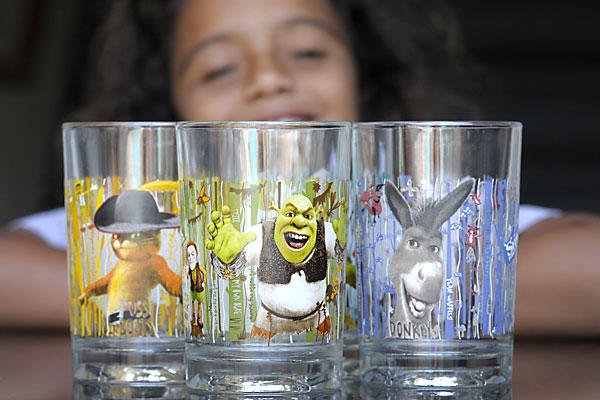Prevent poisoning from lead and cadmium
2 min read
Six months ago, the word “cadmium” probably didn’t mean much to most people. These days, though, cadmium is quickly becoming a household name.
The heavy metal was recently responsible for two massive recalls, one involving “Shrek” drinking glasses sold at McDonald’s, the other “Hannah Montana” children’s jewelry. Both were made with a potentially dangerous amount of cadmium.
Cadmium is used to make batteries, dyes, glasses and ceramics. Products containing cadmium are not harmful to touch but can be harmful if they are put in the mouth or swallowed, which can result in poisoning. Because children often put things in their mouths, they are considered an at-risk group.
Cadmium is one of two main culprits responsible for huge recalls of toys and children’s products. Lead, a more commonly known threat, can be poisonous if absorbed in the body through breathing or swallowing. Lead poisoning can happen gradually or through large exposures.
The American Association of Poison Control Centers offers the following tips to prevent lead and cadmium poisoning.
- Read product ingredient labels before buying an item, especially if it’s intended for children. Avoid products that lack ingredient lists.
- Keep small items out of children’s reach. These items can be choking hazards but also can contain toxins such as lead or cadmium.
- Make sure children wash their hands thoroughly after playing and before eating.
- Notice that the symptoms of short-term exposure to cadmium can include stomach irritation, vomiting and diarrhea. Long-term exposure or an extremely large exposure can cause kidney damage. Chronic exposure can also cause fragile bones and is linked to some cancers.
- Be aware that there are no federal laws regulating manufacturers’ use of cadmium in children’s jewelry. In some cases, companies use cadmium as a substitute for lead because the United States bans the use of lead in making children’s product or toys.
- Take an inventory of possible lead sources in the home, even though regulations are tighter. These sources might include lead paint used in older homes (before 1978), drinking water from lead-pipe plumbing, toys made outside of the country, contaminated herbal supplements and small weights (such as fishing lures).
- Be particularly aware of the dangers of lead poisoning in small children: Fetuses, infants and toddlers are most vulnerable to the effects of chronic lead exposure.
- Watch for signs of lead poisoning in children, which include loss of appetite, tiredness, abdominal pain and vomiting. Long-term exposure to lead can cause irritability, fatigue, behavioral change and developmental delays.
- If you are concerned that your child might have come into contact with a product containing cadmium or lead, call 1-800-222-1222 to get in touch with the closest poison center or contact your child’s doctor.
AMERICAN ASSOCIATION OF POISON CONTROL CENTERS
Source: http://www.startribune.com/lifestyle/97602864.html?page=all&prepage=1&c=y#continue






